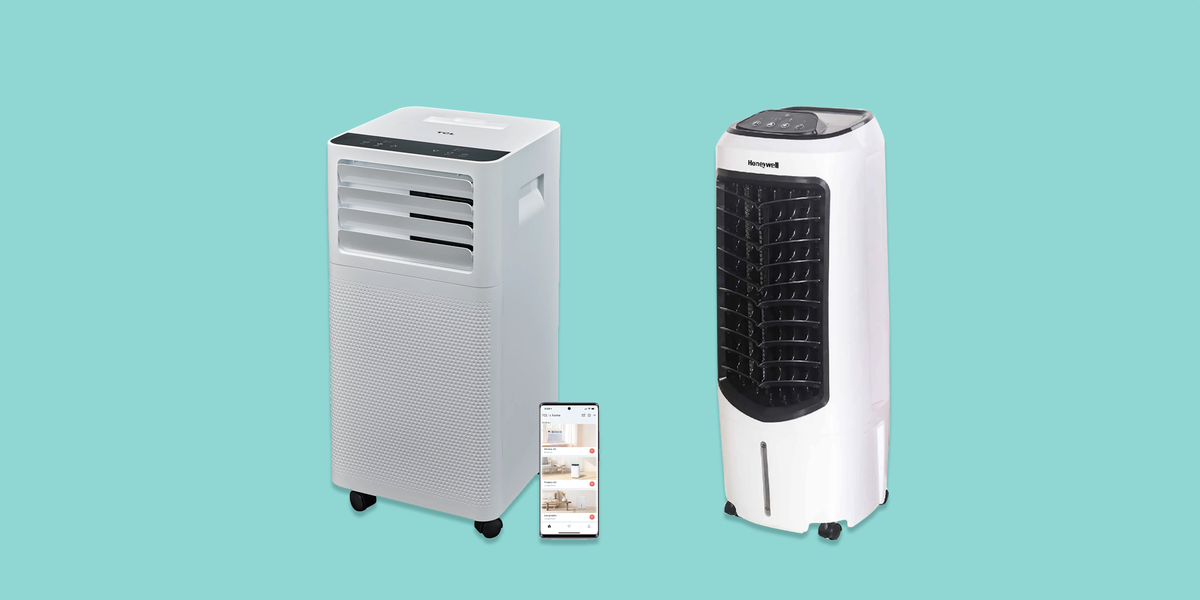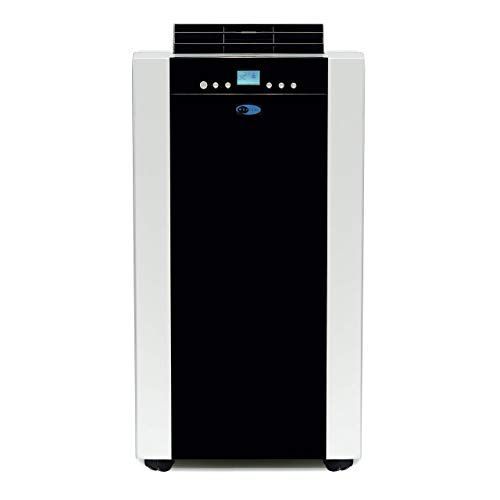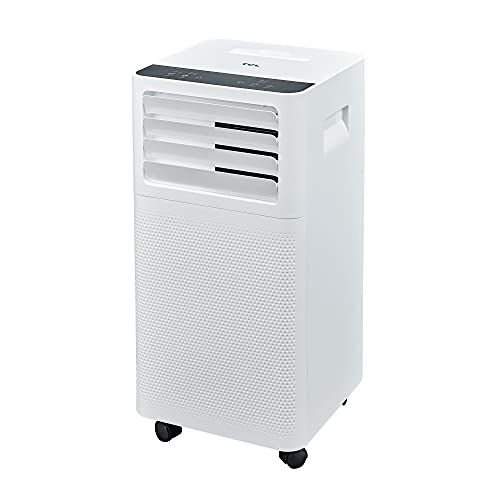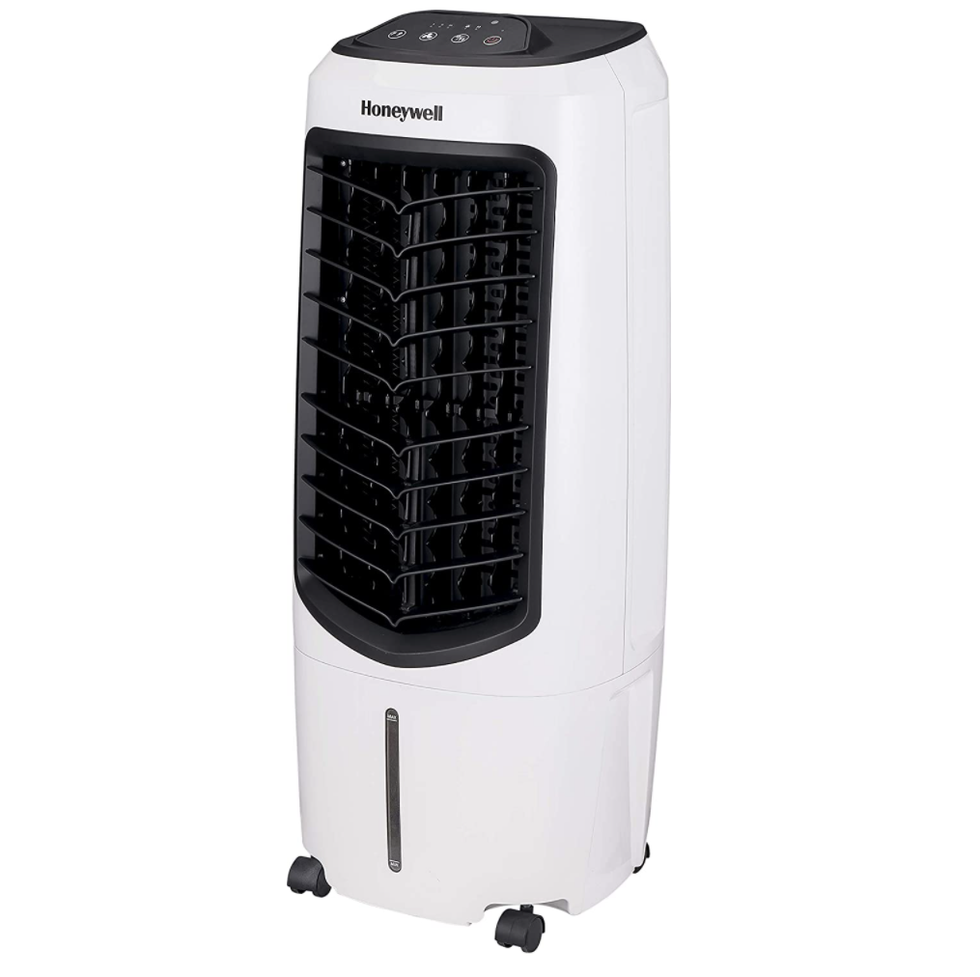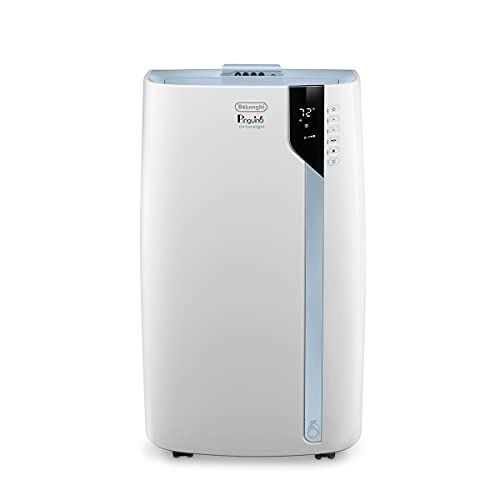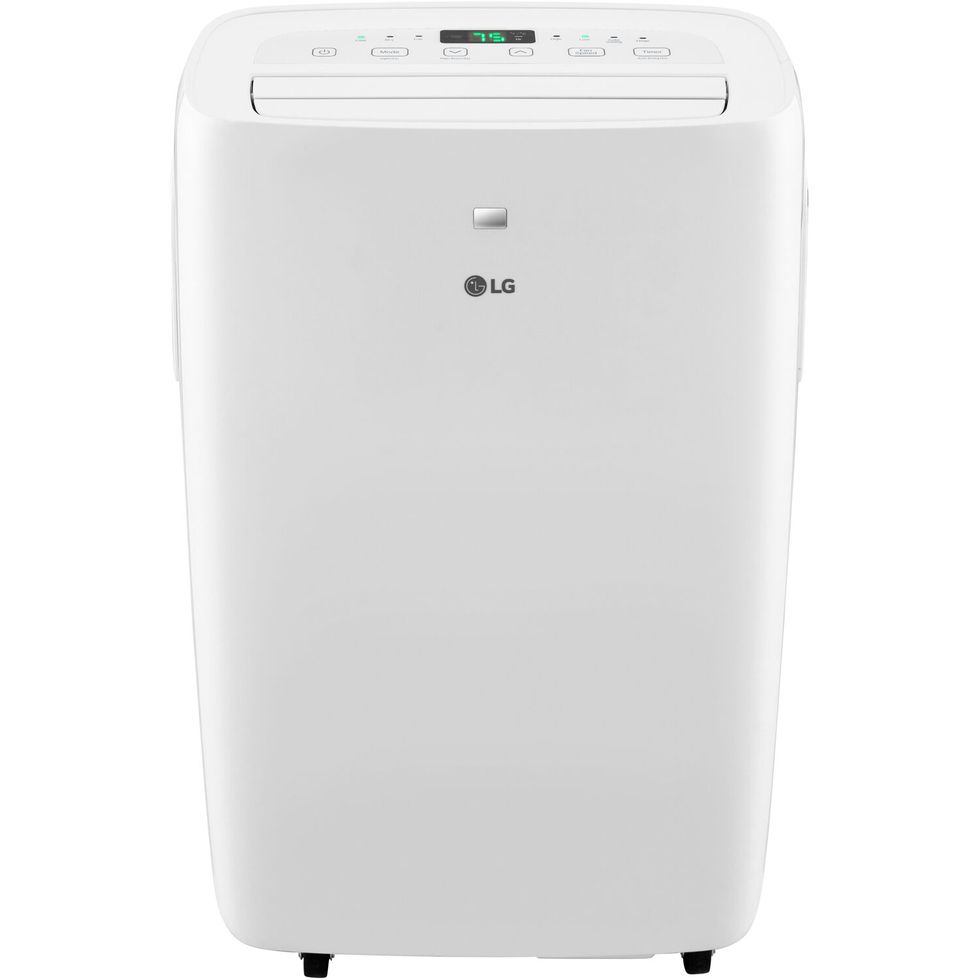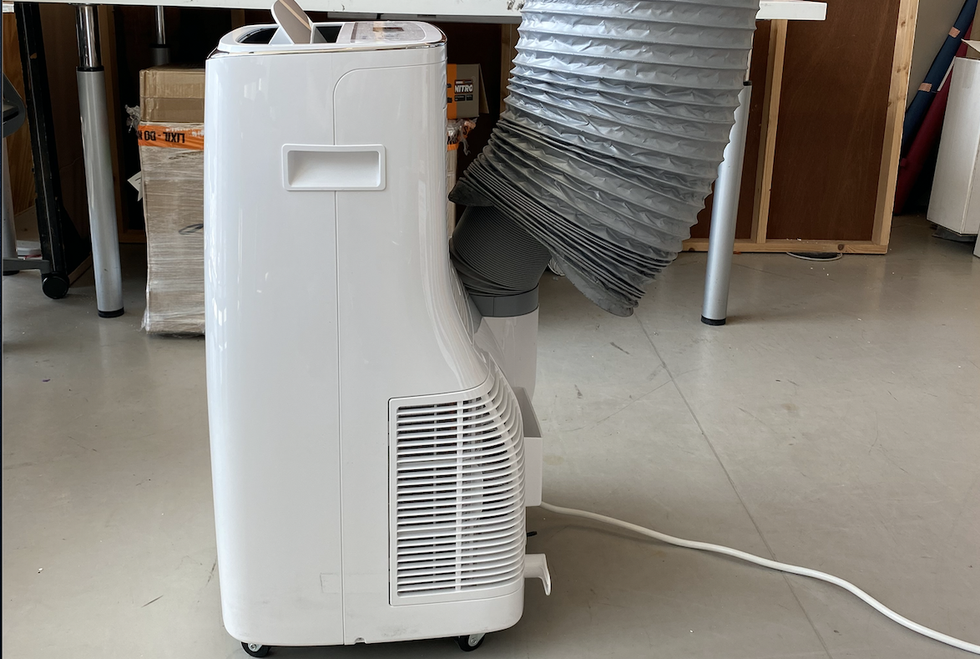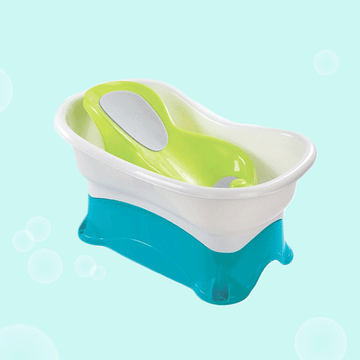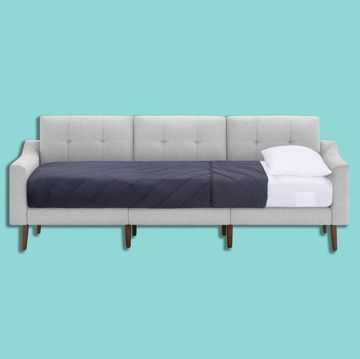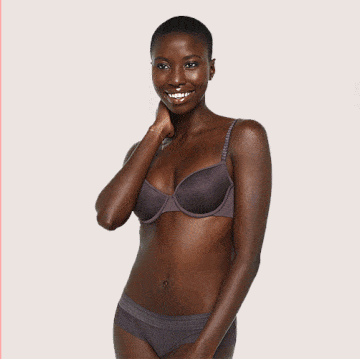We've been independently researching and testing products for over 120 years. If you buy through our links, we may earn a commission. Learn more about our review process.
7 Best Portable Air Conditioners of 2023
These small, mobile ACs can cool down any room in your house or apartment.
When a cooling fan isn't quite cutting your home's needs, it might be time to upgrade to an AC. Although window air conditioners can save floor space while efficiently cooling a room, you can't beat the convenience and mobility of a portable air conditioner. When deciding between window or portable ACs you'll have to figure out whether a window unit is even feasible — some are incompatible with certain window shapes and house designs, or restricted by certain buildings.
The Good Housekeeping Institute has been testing portable air conditioners since 2020, rounding up the best models on the market and putting them to the test. When we test ACs, we take a look at how easy they are to install, the ease of operation, and most importantly, the efficiency of cooling a space. We also frequently update our market research, comparing testing notes of older models to the latest from manufacturers, taking note of changes to key performance indicators and additional features.
What's the best portable air conditioner for most people? Our best overall portable AC is the Whynter Dual Hose Portable Air Conditioner. Its added features (like dehumidification and a timer) make it a versatile pick for consumers looking for control during hot and humid months, and upgrading to its heater-included version gives you even more flexibility. For those on a budget, the Honeywell Portable Evaporative Cooler with Fan is an impressive performer and doesn't need to be vented to a window for ultimate portability.
Our top picks:
We picked the models below for their impressive performance across the board, from effective cooling to additional features like built-in dehumidifiers and smart features like remote programming. Read on after our picks for an in-depth look at how we test portable air conditioners as well as a buying guide with all the things to consider when shopping for ACs. If you are looking for more options in the AC department, check out our roundup of the best smart air conditioners as well as our guide on when to replace your central AC.
Rachel Rothman (she/her) is the chief technologist and executive technical director at the Good Housekeeping Institute, where she oversees testing methodology, implementation and reporting for all GH Labs. She also manages GH’s growing research division and the analysis of applicants for the GH Seal and all other testing emblems. During her 15 years at Good Housekeeping, Rachel has had the opportunity to evaluate thousands of products, including toys and cars for GH’s annual awards programs and countless innovative breakthroughs in consumer tech and home improvement.
Alec Scherma (he/him) is the Good Housekeeping Institute’s test engineer, where he helps to create and implement new product testing methodology across home, cooking and cleaning appliances, wellness, tech products and more. He graduated from Drexel University’s College of Engineering with a B.A. in mechanical engineering.
Watch Next

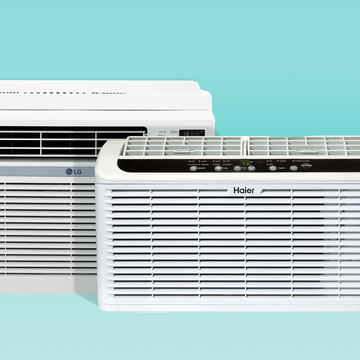
The Best Window Air Conditioners for Your Home
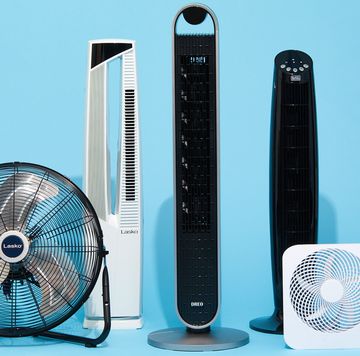
9 Best Fans of 2023 to Cool Your Whole Home

4 Best Car Buffers of 2023

21 Best College Backpacks of 2023
